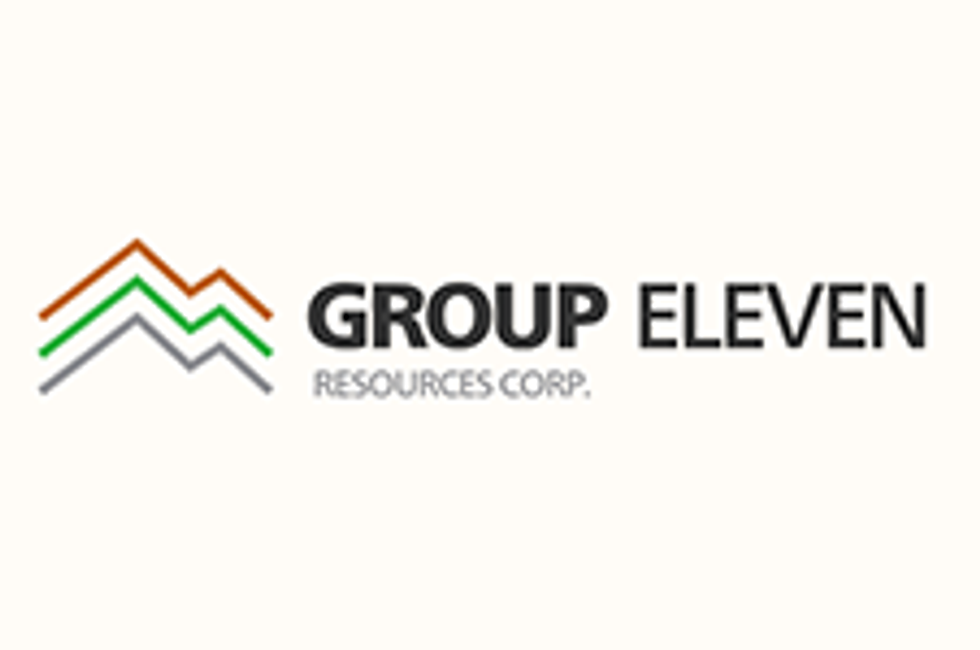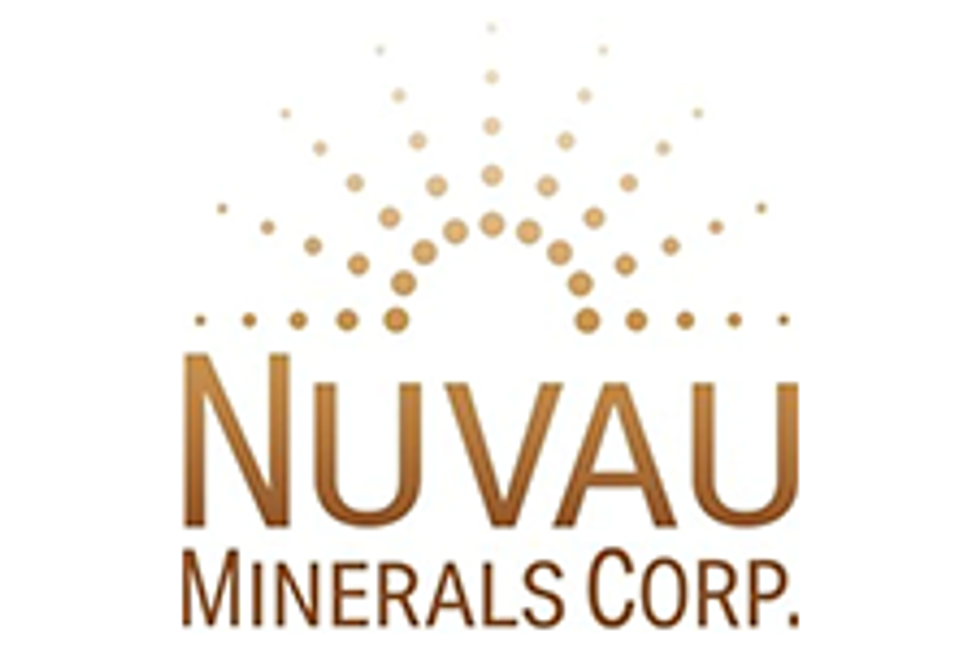Robert Friedland and others have recently pointed to the agricultural sector as an exciting new source of demand for zinc.
Zinc has been on a tear lately, today reaching a near three-year high of $2,345 per metric ton (MT) after hitting $2,325.50 just last week.
As savvy market participants know, that’s largely because supply of the metal is on the decline — big mines are closing, or have already closed, and there aren’t enough new ones to replace the metal they’ve been putting out.
However, while it’s not discussed nearly as often as supply, zinc demand is also part of the equation. Mark Lackey, executive vice president of CHF Capital Markets, touched on that topic in an April interview with Sun News Network, commenting, “galvanization’s gone up a lot in China and India, they’re trying to produce cars that don’t rust out … we’ve also seen the fact that urbanization continues.” Zinc is of course also used in batteries, he said.
None of those zinc demand sources are surprising. What is a little surprising is the fact that Lackey noted that “the other area [of zinc demand] that’s really starting to grow is in the fertilizer industry, which up until recently was not the case. But people are now adding zinc to fertilizer because A) it helps yields and B) it’s very good for people in countries that are zinc deficient. It helps solve a lot of stomach problems.”
Continuing, he explained, “we’re seeing the governments of China, India and Pakistan actually supporting zinc additions to fertilizer when it’s put into crop rotation.”
That may sound a little outlandish given the dominance of potash, phosphate and nitrogen fertilizers, but Lackey’s not the only notable person who’s mentioned zinc’s agricultural applications in the recent past. Another is mining industry magnate Robert Friedland, executive chairman and founder of Ivanhoe Mines (TSX:IVN). He’s quoted in a March Salman Partners research note as saying that zinc “is now recognised, along with potash, as one of the most intense organic fertilisers.”
Like Lackey, Friedland pointed to China and India as places where zinc fertilizer is needed, stating that “[s]ome 60 per cent of soils in [those countries] have been depleted of zinc … [s]o China has mandated that fertiliser should include zinc.” That, he said, “has enormous implications for demand” — and by extension, his company’s Kipushi zinc project, which is located in the Democratic Republic of the Congo.
For his part, Doug Ramshaw of McLeod Williams Capital, who spoke recently to Zinc Investing News, believes that together the comments from Lackey and Friedland are encouraging. He said, “once I start hearing things from two sources, then I really start to become a believer in them. And Robert, especially in terms of that part of the world, is obviously very knowledgeable about the demographics and the impact.”
He added, “it would be nice to not just have to wave the flag of galvanization as the main source of growth in the zinc market. Having a number of growth areas will definitely help.”
By the numbers
That all sounds promising, but for investors it’s the numbers that matter. So how much is the agricultural sector’s zinc demand really set to grow?
According to Stefan Schlag, director of specialty chemicals at IHS Chemical, the answer is “quite a lot.” In a May report that he co-authored he states that while “[t]otal demand for zinc-derived chemicals is currently 1.5 million” MT, it’s set to rise above 1.8 million MT by 2018. Of that amount, “[a]bout 400 thousand [MT] … will be tied to agricultural demand, mostly in the form of zinc sulfate.”
Schlag affirmed Lackey’s comment that increased zinc demand from the agricultural space will be connected to the need for higher crop yields. “With the amount of arable land per-person declining and population expanding, global crop-yields must increase to meet food production needs,” he said, noting that though “[t]here are additional options to address crop yields, including improvements in seed technology and improvements in crop protection … the greatest potential for improvement is fertilizers and micronutrients, and in particular, zinc, which is why our forecast for demand growth is so bullish on the agricultural industry.”
The takeaway
All of the above comments prove that as zinc supply continues to fall, it’s well worth keeping an eye on what the demand situation looks like as well. They’re also a reminder, of course, to keep zinc supplements on hand.
Securities Disclosure: I, Charlotte McLeod, hold no direct investment interest in any company mentioned in this article.
Related reading:


